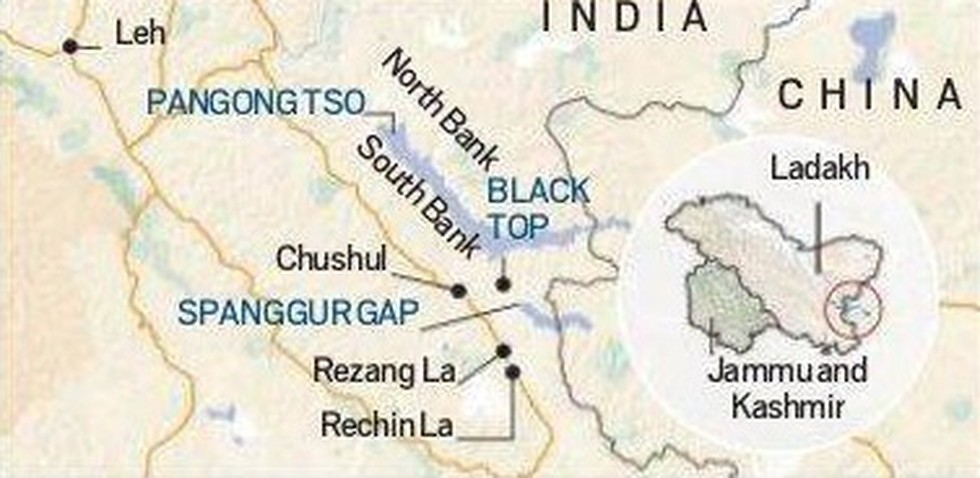UPSC Articles
Significance and capability of scramjet vehicle tested
Part of: GS Prelims and GS-III- Defence; Achievements of Indians in Sci & Tech
In news
- The Defence Research and Development Organisation (DRDO) recently successfully flight tested the Hypersonic Technology Demonstrator Vehicle (HSTDV).
- It is an unmanned scramjet vehicle with a capability to travel at six times the speed of sound.
Key takeaways
- The parameters of the test were monitored by multiple tracking radars, electro-optical systems and telemetry stations and a ship was also deployed in the Bay of Bengal to monitor the performance during the cruise phase of hypersonic vehicle.
- The indegenous development of the technology will also boost the development of the systems built with hypersonic vehicles at its core, including both offensive and defensive hypersonic cruise missile systems and also in the space sector.
- To achieve the level of technology with countries like the US, Russia and China, many more rounds of tests will have to be done .
Do you know?
- It is a giant leap in indigenous defence technologies and a significant milestone towards a Sashakt Bharat and Atmanirbhar Bharat.
- Capabilities for highly complex technology will serve as the building block for NextGen Hypersonic vehicles in partnership with industry.
- The test was conducted from Dr APJ Abdul Kalam Launch Complex at Wheeler Island, off the coast of Odisha.
- The Agni missile was used for the launch.
Important value additions
The hypersonic vehicle and its scramjet engine
- The scramjets are a variant of a category of jet engines called the air breathing engines.
- Hypersonic speeds are those which are five times or more than the speed of sound. The unit tested by the DRDO can achieve upto six times the speed of sound or Mach 6.
- Disadvantages: Very high cost and high thrust-to-weight ratio.
- The Indian Space Research Organisation (ISRO) and DRDO have worked on the development of the technology earlier as well in 2016 and 2019, respectively.















